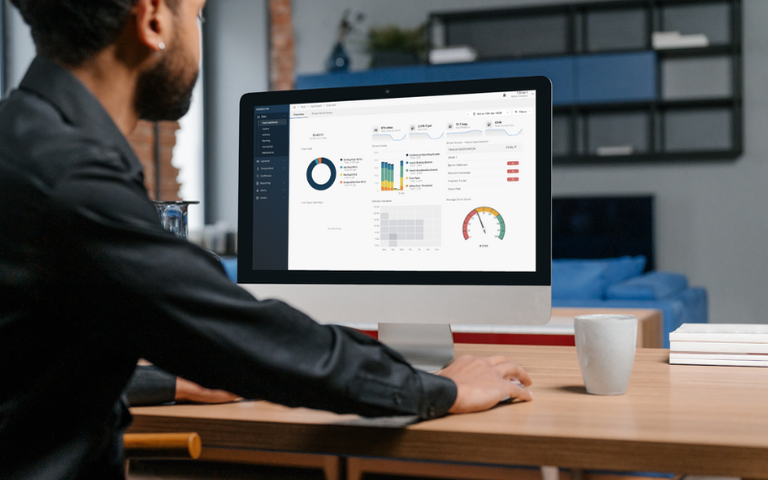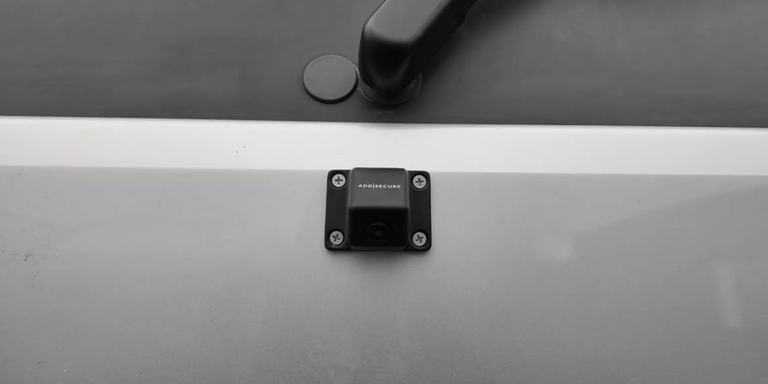Topics
Installing your remote tachograph download equipment is straightforward. The next step is to ensure that you optimise the platform's many benefits.
The countdown is on for fleet operators to ensure all heavy goods vehicles (HGVs) over 12 tonnes are DVS compliant to continue operations within the Greater London area.
Can a transport management system boost productivity? Absolutely, and unequivocally, yes. Users of a TMS often see significant gains in fleet efficiency. This article delves into the intricacies of Transport Management Systems – what they are, who uses them, how they use them and why businesses in the transport industry are finding them increasingly necessary.
Every fleet manager wants to put vehicle and driver safety at the core of their strategy. Fleet safety is vital for driver well-being and for keeping costs low. The question is – what fleet safety KPIs should your fleet managers be measuring … and how?
Which KPIs should you track to drive down fleet costs?
As a fleet or transport manager you’ll have two principal goals for your fleet – top performance and maximum safety. Easy to say – but how easy are these goals to achieve? What are the benchmarks? What should you be measuring and why? Before you begin to set up or review your fleet performance and safety improvement programs, these are the critical questions you need to answer.
A Moving Off Information System (MOIS), in the context of the Progressive Safe System, is a driver assistance technology specifically designed to improve the indirect vision of drivers and enhance safety for vulnerable road users (VRUs), like pedestrians and cyclists, who are in the vehicle’s frontal blind spot.
How to keep your drivers and vehicles safe in extreme weather.







